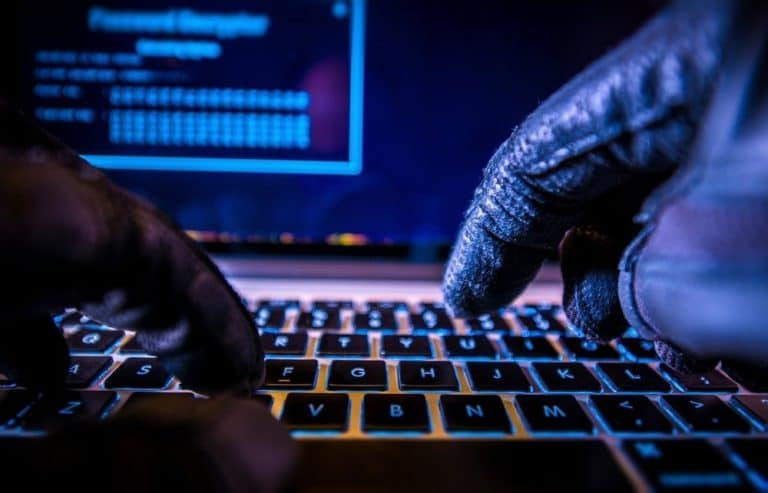After Apple’s Tim Cook asked Bloomberg yesterday to withdraw his story about Chinese espionage chips, now the CEOs of Amazon Web Services and server manufacturer Super Micro are also doing so. Earlier Bloomberg stated that Chinese microchips had compromised the computer networks of as many as thirty companies.
In a rare move, Apple CEO Tim Cook previously asked Bloomberg to rectify his story. The company had written that Chinese spies had installed microchips on the servers of thirty American companies. Where Cook normally has a good relationship with the media and rarely responds to this kind of news, he now said: This hasn’t happened. There’s no truth in it. Then he asked the news agency to withdraw his story.
Other requests
Other companies that were also explicitly mentioned by Bloomberg are now asking for the same thing. Amazon and Super Micro both give their own statements about the rectification. Andy Jassy of AWS, for example, writes that Tim Cook is right and that Bloomberg did not provide any evidence and kept changing the story. They showed no interest in our answers unless we confirmed their theories.
@tim_cook is right. Bloomberg story is wrong about Amazon, too. They offered no proof, story kept changing, and showed no interest in our answers unless we could validate their theories. Reporters got played or took liberties. Bloomberg should retract. https://t.co/RZzuUt9fBM
— Andy Jassy (@ajassy) October 22, 2018
And according to a journalist from CNBC, the CEO of Super Micro, Charles J Liang, also asked the same question. Bloomberg should act responsibly and rectify these unsubstantiated allegations.
NEW: The CEO of Super Micro joins Apple CEO @tim_cook and Amazon Web Services CEO @ajassy in calling for Businessweek to retract its China chip story pic.twitter.com/dk8VdTtkxG
— Steve Kopack (@SteveKopack) October 22, 2018
The Bloomberg press release is based on 17 anonymous sources. However, no compromised server has been found so far. Cybersecurity experts also doubted the message when it was published, partly because of the reasonably poor evidence. In addition, employees of the Department of Homeland Security, the National Security Agency and the largest security service in the United Kingdom claimed to have found no evidence to support Bloomberg’s stories.
This news article was automatically translated from Dutch to give Techzine.eu a head start. All news articles after September 1, 2019 are written in native English and NOT translated. All our background stories are written in native English as well. For more information read our launch article.